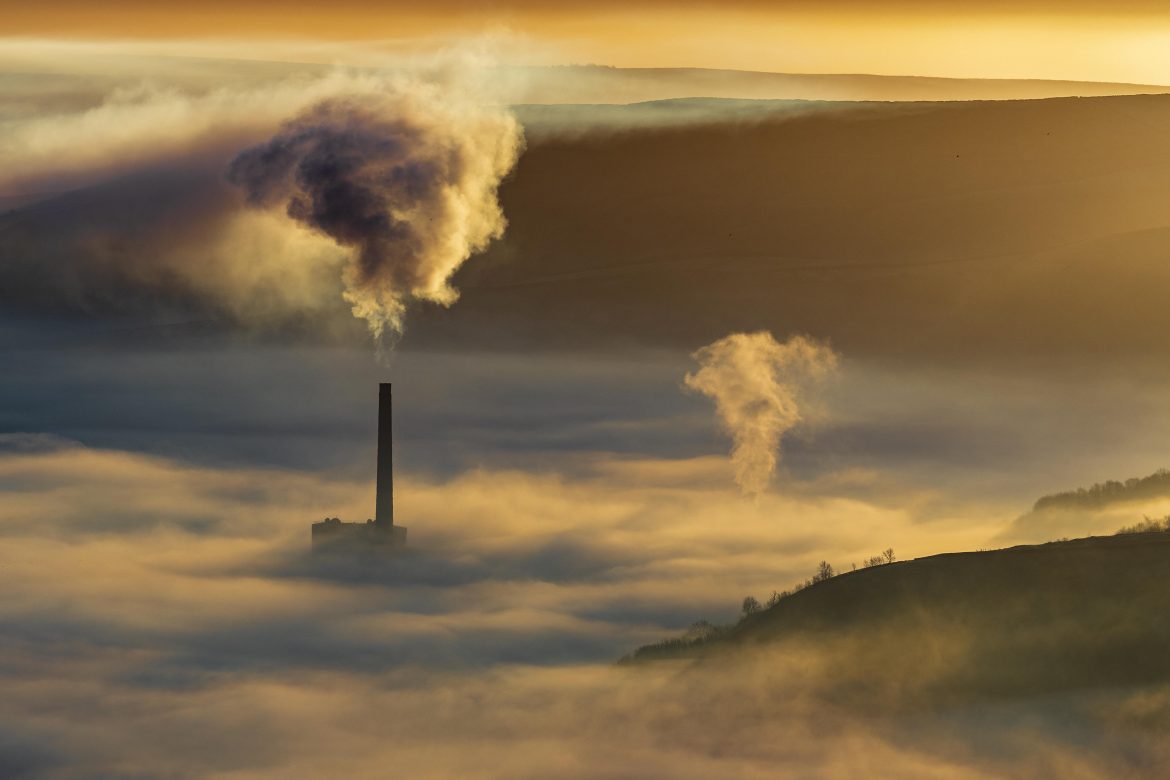The National Oceanic and Atmospheric Administration (NOAA) has said atmospheric levels of carbon dioxide (CO2), methane and nitrous oxide which are the most significant contributors to global heating from greenhouse gases emitted by human activity continued to increase rapidly during 2022.
Carbon dioxide levels rose by more than two parts per million (ppm) for the 11th consecutive year, the highest sustained rate of CO2 increases since monitoring began 65 years ago. Before 2013, scientists had never recorded three consecutive years of such high CO2 growth, but atmospheric CO2 is now 50% higher than pre-industrial levels as at 2022.
Last year’s methane rise was the fourth-largest since records began in 1983, following record growth in 2021 and 2022, and now stands at an average of 1,912 parts per billion (ppb). Although methane is less abundant than CO2, it is nevertheless a potent greenhouse gas which warms the Earth’s atmosphere much faster, and today is responsible for about 25% of the heat trapped by all greenhouse gases.
Methane levels in the atmosphere are now more than two and a half times their pre-industrial level. The oil and gas sector is the largest industrial source of methane, which can also cause medical complications, fires and even engine failure leading helicopters to fall out of the sky.
Read also: Zurich Insurance quits climate alliance less than a week after Munich Re
Levels of nitrous oxide, are now 24% higher than pre–industrial levels, following a 1.25ppb rise last year, making it the third-most significant anthropogenic greenhouse gas.
Fossil fuel-powered vehicles (cars, buses, trucks, farm machinery) are a major source of nitrous oxide, which is harmful to human health and water sources. But the primary culprits behind rising nitrous oxide levels in recent decades have been synthetic fertilisers and livestock manure from industrialised agriculture.
“The observations collected by Noaa scientists in 2022 show that greenhouse gas emissions continue to rise at an alarming pace and will persist in the atmosphere for thousands of years,” said Rick Spinrad, the NOAA administrator.
“The time is now to address greenhouse gas pollution and to lower human-caused emissions as we continue to build toward a Climate-Ready Nation.”
Last month, a “final warning” on rising greenhouse gas emissions that have pushed the world to the brink of irrevocable damage that only swift and drastic action can avert was delivered by the Intergovernmental Panel on Climate Change that consists of the world’s leading climate scientists.
Story was adapted from the Guardian.
